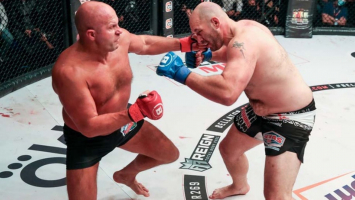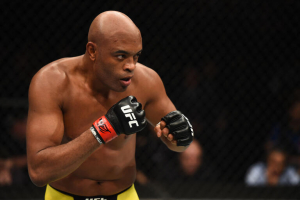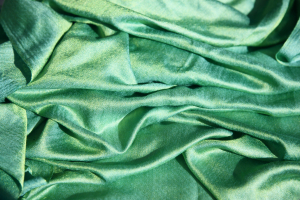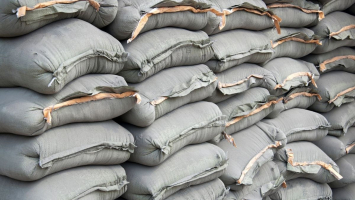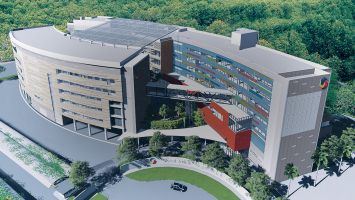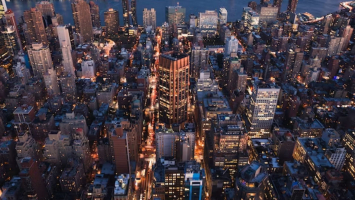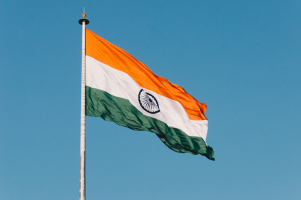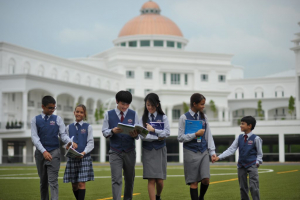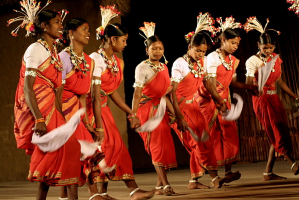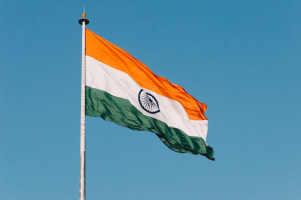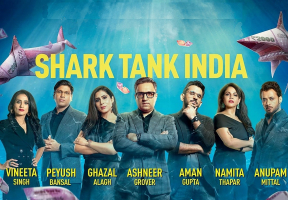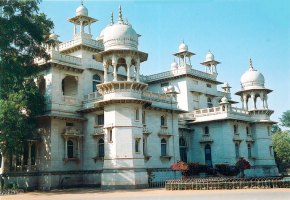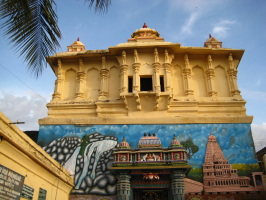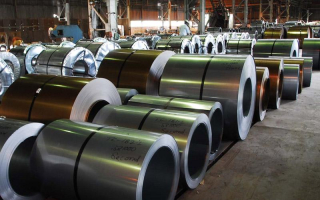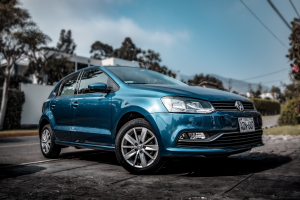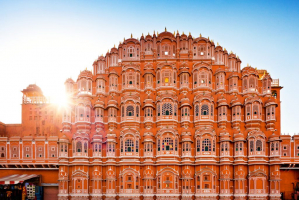Top 10 Most Famous Freedom Fighters in India
The story of India's fight for freedom is woven with the unflinching tenacity of countless heroes. In this exploration, we'll uncover the remarkable lives of ... read more...the most famous freedom fighters who played pivotal roles in shaping the nation's destiny.
-
Mohandas Karamchand Gandhi, who was born on October 2nd, 1869, is regarded as the nation's father because of the great sacrifices he made for India. He not only helped India become free, but he also served as an inspiration for several international campaigns for human rights and independence.
Gandhi, also known as Bapu, is credited with introducing the nonviolent philosophy to India. He believed that a mixture of nonviolent protest and noncooperation with the British would lead to independence. Under his direction, the historical Non-Cooperation movement, the Dandi March, and the Quit India movement were all launched.Mahatma Gandhi:
- Father of the Nation
- Civil Rights Activist in South Africa
- Satyagraha
- Civil Disobedience Movement
- Quit India Movement
Born: 2 October 1869, Porbandar
Full name: Mohandas Karamchand Gandhi
Assassinated: 30 January 1948, New Delhi
Famously Known As Bapu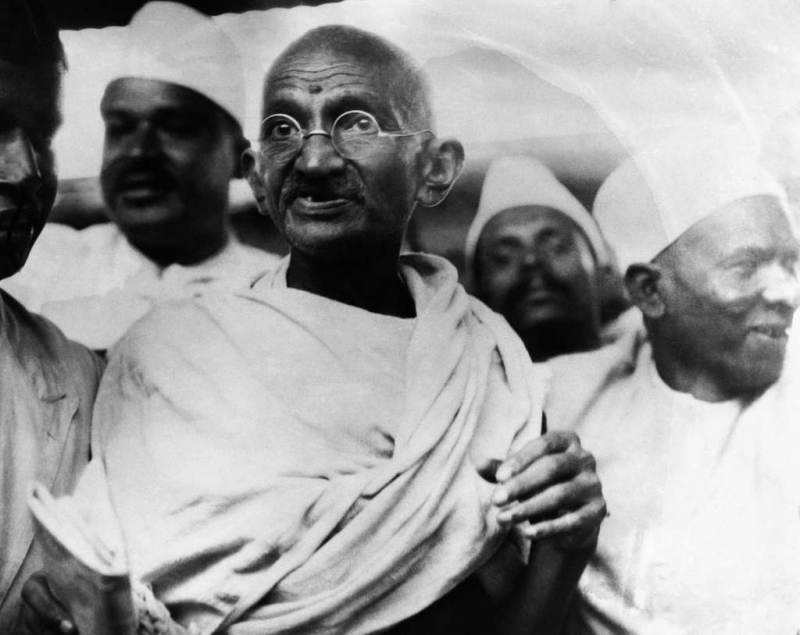
Photo on PICRYL 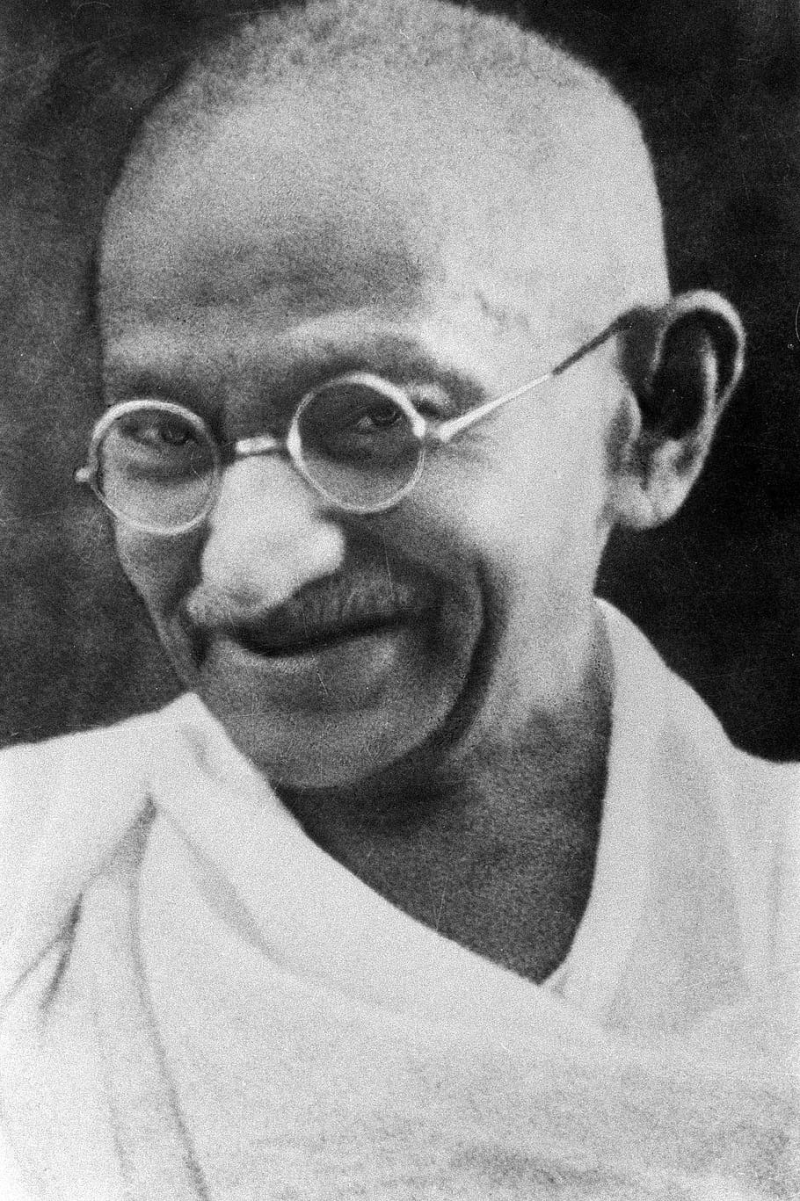
Photo on Wallpaper Flare -
Subhas Chandra Bose was one of the most successful Indian liberation fighters in history. He was conceived on January 23, 1897. He was a radical nationalist, yet his unwavering patriotism made him become a hero. Bose rejected the Gandhian ideals of non-violence and felt that the British could only be driven out of India through military uprising.
He was the Forward Bloc's founder, and during World War II, he managed to get past the British and eventually get in Germany. He organized the Indian National Army (INA) and, with Japanese assistance, was able to liberate Manipur from the British occupation, but he was eventually victorious as a result of the Japanese surrender to the British. Although his death is thought to have occurred in a plane crash in 1945, it is still unknown how he passed away.
Subhas Chandra Bose:
- World War II
- Indian National Congress
Born: 23 January 1897, Cuttack
Famously Known As Netaji
Died: 18 August 1945, Taipei, Taiwan
Education: Scottish Church College (1918), Presidency University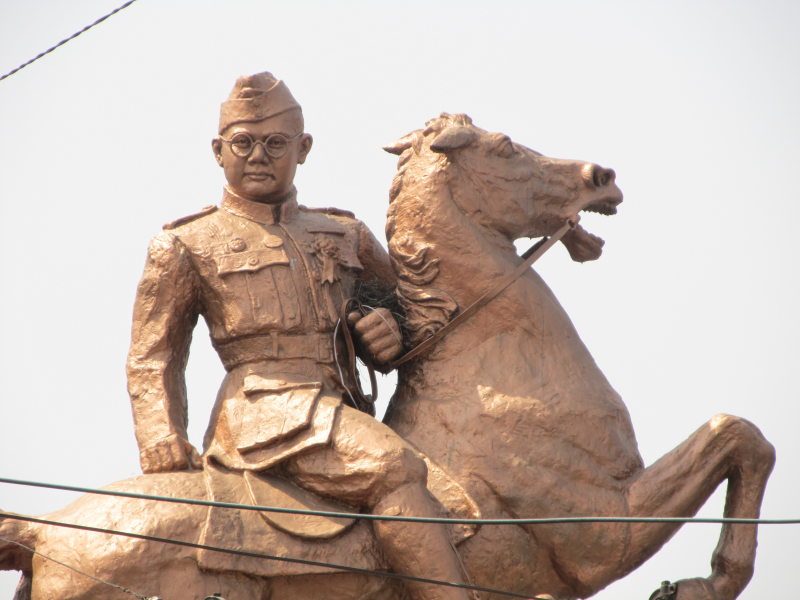
Photo on Wikimedia Commons 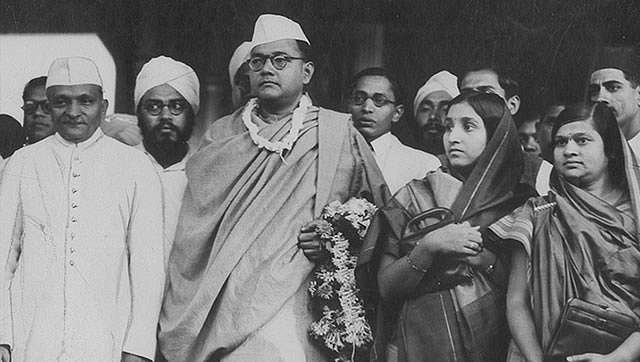
Photo on PICRYL -
Vallabhbhai Patel was born on October 31st, 1875. As one of the most important and strong-willed Indian freedom fighters, he was a senior leader of the Indian National Congress and made a significant contribution to the Indian liberation struggle. He was one of Gujarat's most powerful leaders, organizing peasant movements against the British based on Gandhi's nonviolent ideals.
He is recognized for his role in integrating the princely states into the dominion of India. He was one of the first congress leaders to endorse the British idea of partition for India. His efforts resulted in the union of around 562 princely kingdoms. Following independence, he served as India's first home minister and deputy prime minister.
Vallabhbhai Patel:
- Civil Disobedience Movement and Quit India Movement
- Unification of India
Born: 31 October 1875, Nadia
Died: 15 December 1950, Mumbai
Full name: Vallabhbhai Jhaverbhai Patel
Famously Known As Sardar, Iron Man Of India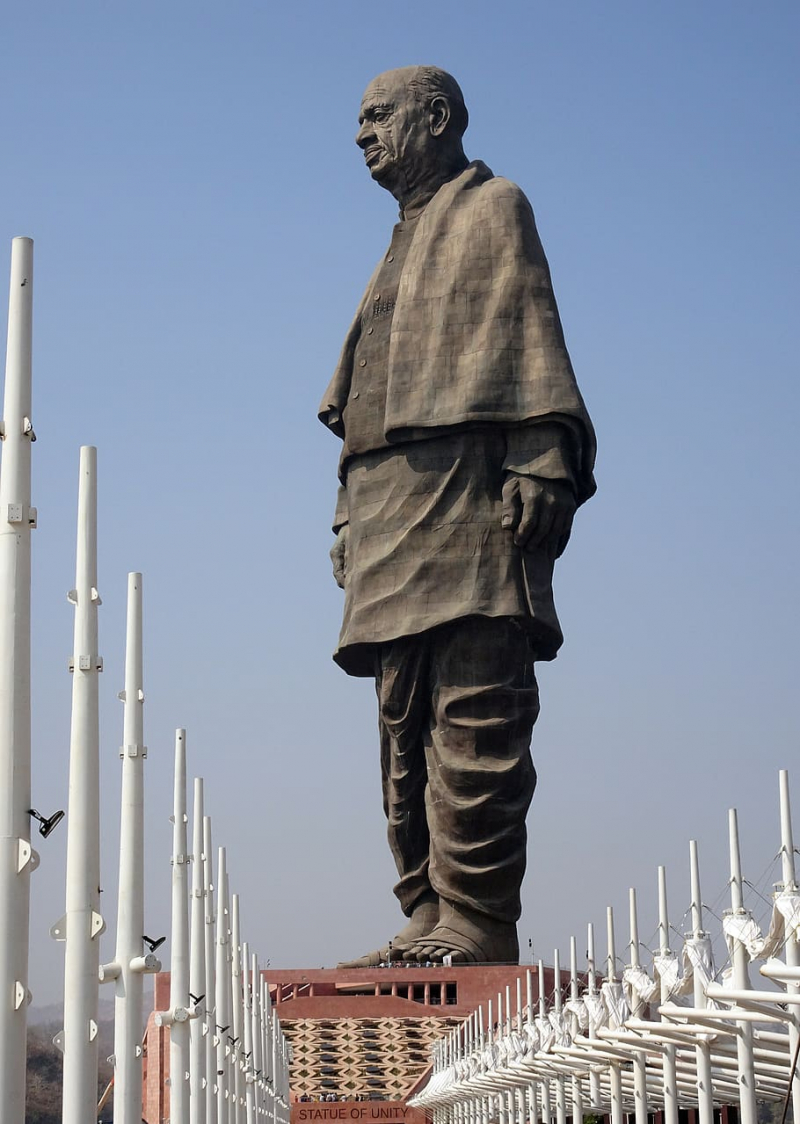
Photo on Wallpaper Flare 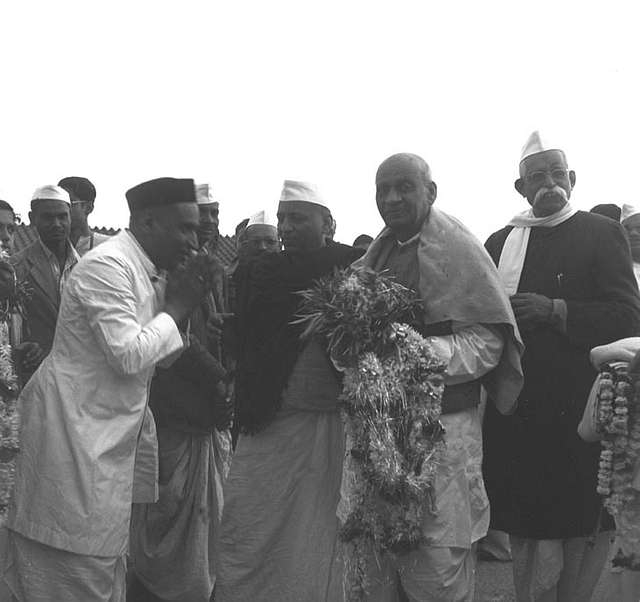
Photo on PICRYL -
On November 14, 1889, Pandit Jawaharlal Nehru was born in India. He was the only child of Swarup Rani and Motilal Nehru. Nehru was one of the most well-known lawyers and was well-known for his intellectual prowess, which quickly elevated him to the status of one of India's best leaders.
From the 1930s onward, Nehru advanced to become one of the most important players in Indian politics with Gandhi's blessing. After much thought, Nehru accepted the partition plan for India in 1947 and took the oath to lead the country as its first prime minister after it gained independence. His birthday, November 14, is widely observed as Children's Day in India.Jawaharlal Nehru
- Preeminent fighter
- First Prime Minister of India
Born: 14 November 1889, Prayagraj
Died: 27 May 1964, New Delhi
Spouse: Kamala Nehru (m. 1916–1936)
Parents: Motilal Nehru
Famously Known As: Chacha Nehru, Pandit Nehru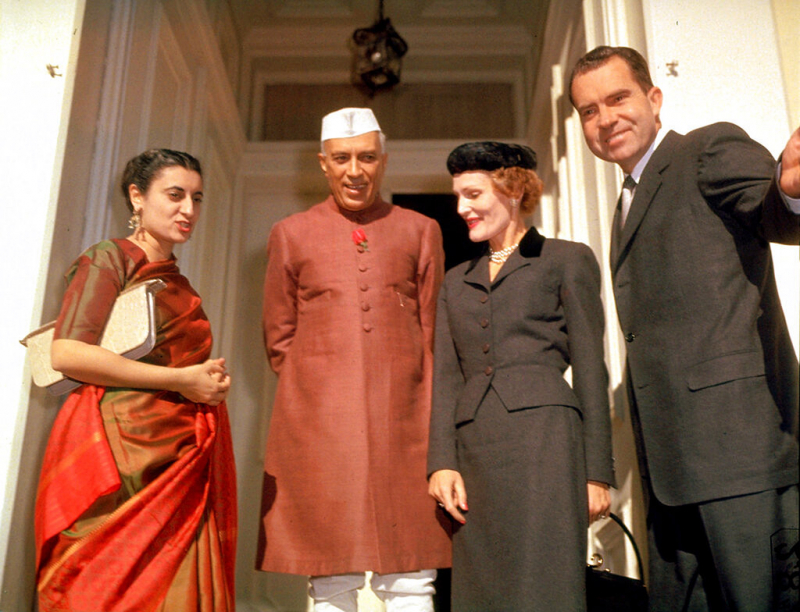
Jawaharlal Nehru, Prime Minister of India, and his daughter, Mrs. Indira Gandhi, pose with Vice-President and Pat Nixon on the steps of the White House during Nehru's state visit to the U.S., Dec. 18, 1956. Photo on Flickr 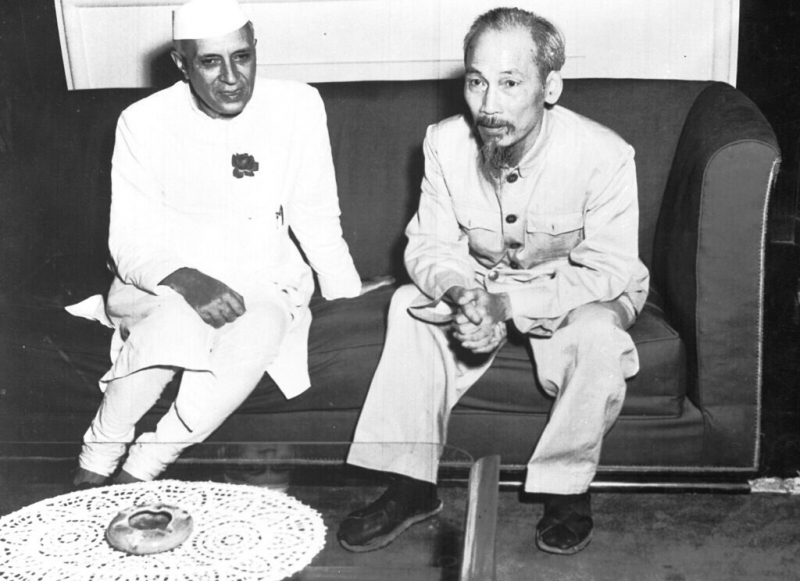
Indian Premier Jawaharlal Nehru, left, confers with Vietminh President Ho Chi Minh at Ho's official residence in Hanoi, Vietnam, Oct. 18, 1954. Photo on Flickr -
Lal Bahadur Shastri was born in the state of Uttar Pradesh on October 2, 1904. He was given the title of Shastri, which translates to Scholar in English. At the age of sixteen, he abandoned his studies to join Gandhi's non-cooperation movement. Later, he received a first-class degree from Kashi Vidyapeeth, a Gandhi-founded national school of higher learning.
He was a proactive Indian independence warrior who took part in many activities such as the Quit India movement, the Civil Disobedience movement, and other satyagrahas headed by Mahatma Gandhi. During his lifetime, Lal Bahadur Shastri was imprisoned by the British for extended periods of time. Following India's independence, he served as Home Minister before being appointed Prime Minister in 1964.Lal Bahadur Shastri
- White Revolution
- Green Revolution
- Second Prime Minister of India
Born: 2 October 1904, Mughalsarai
Died: 11 January 1966, Tashkent, Uzbekistan
Party: Indian National Congress
Famously Known As: Man of Peace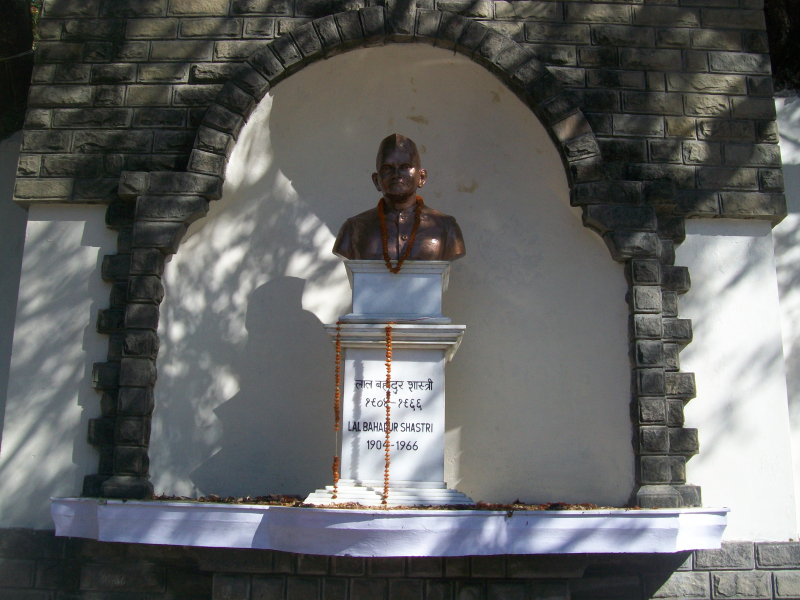
Photo on Wikimedia Commons 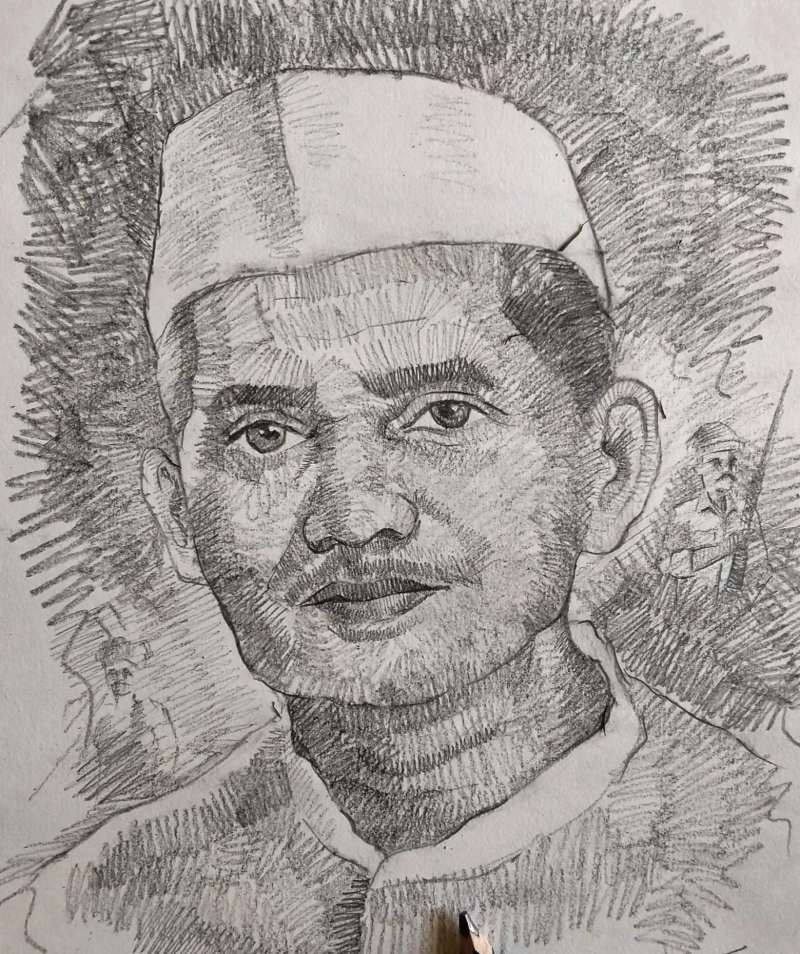
Photo on PixaHive -
A well-known Indian freedom warrior named Mangal Pandey is frequently credited with inspiring the 1857 uprising against the British, widely regarded as India's first war for independence. He led the sepoy mutiny, which ultimately resulted in the 1857 revolt, while serving in the 34th Bengal Native Infantry (BNI) regiment of the East India Company's army.
Midway through the 1850s, when a new Enfield rifle was introduced in India, his largest conflict with the company started. There were rumors that the rifle's cartridges were greased with animal fat, notably cow and pig fat. The usage of the cartridges caused the Indian troops to mutiny against the company since it went against their religious principles. On March 29, 1857, Pandey and his fellow sepoys rebelled against the British officers, even making an effort to kill them. On April 18, he was detained and given a death verdict. But on April 8, British officials murdered him ten days early because they expected a sepoy insurrection.
Born: 19 July 1827, Nagwa
Died: 8 April 1857, Barrackpore
Occupation: Sepoy (soldier)
Cause of death: Execution by hanging
Known for: Indian independence fighter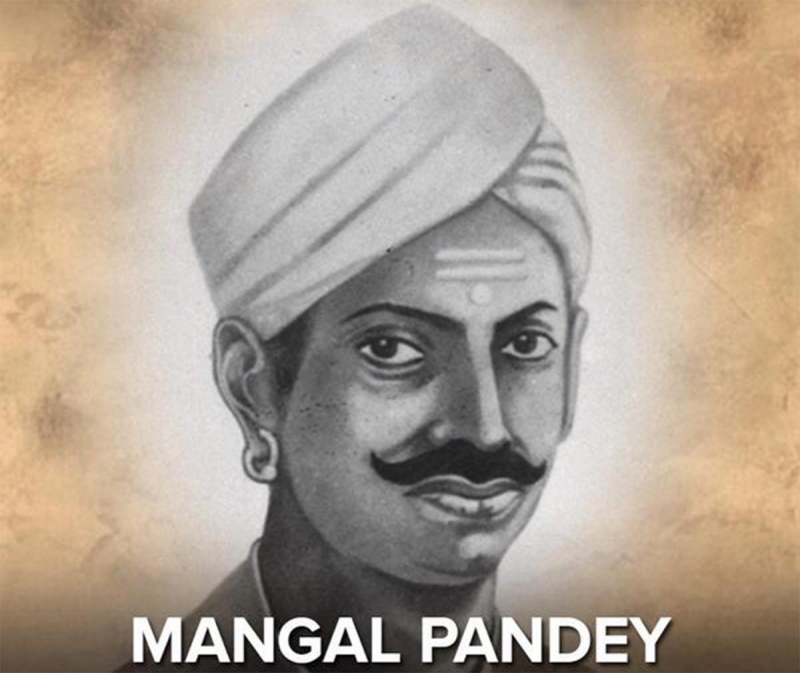
Photo on Wikimedia Commons 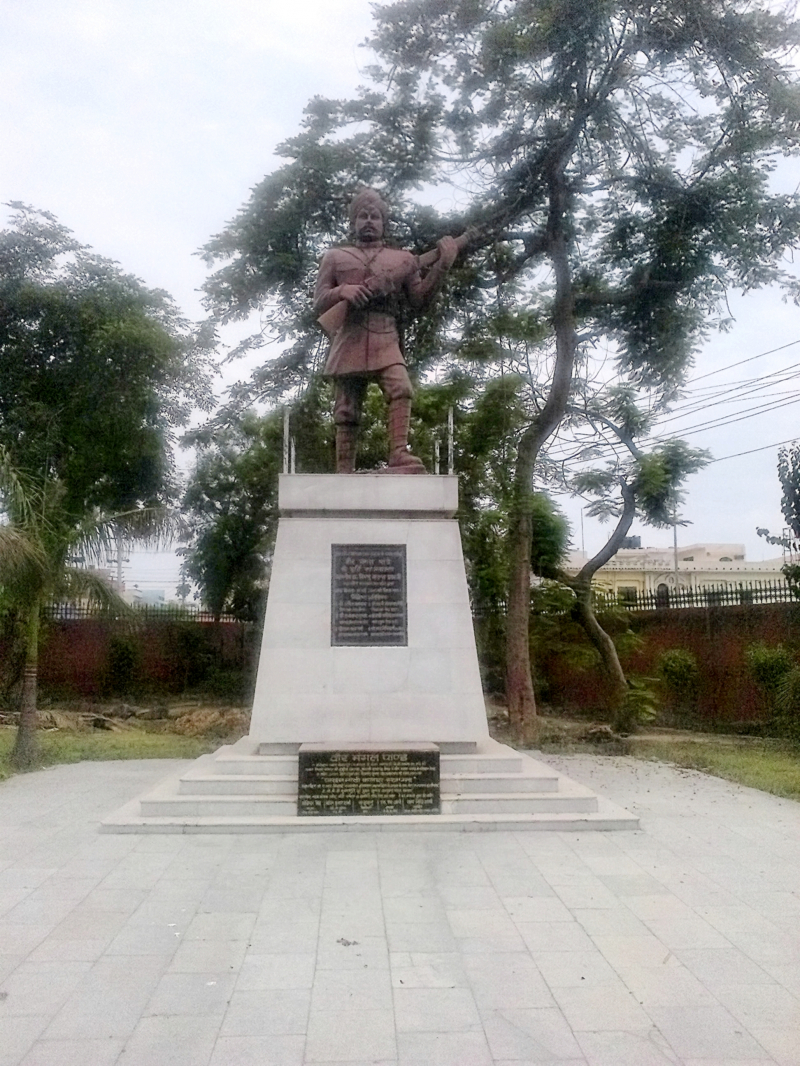
Photo on Wikimedia Commons -
With a desire for freedom and a revolutionary spirit permeating every inch of his body and poetry, Ram Prasad Bismil was one of the most notable Indian revolutionaries who opposed British colonialism and enabled the country to breathe the air of freedom after centuries of struggle against the imperial forces.
Alongside Sukhdev, Bismil, who was born in 1897, was a well-liked member of the Hindustan Republican Association. Additionally, he took part in the infamous Kakori railway robbery, for which the British authorities executed him.Ram Prasad Bismil
- Founding Member of Hindustan Republican Association
Born: 11 June 1897, Shahjahanpur
Died: 19 December 1927, Gorakhpur Jail, Gorakhpur
Cause of death: Execution by hanging
Organization: Hindustan Socialist Republican Association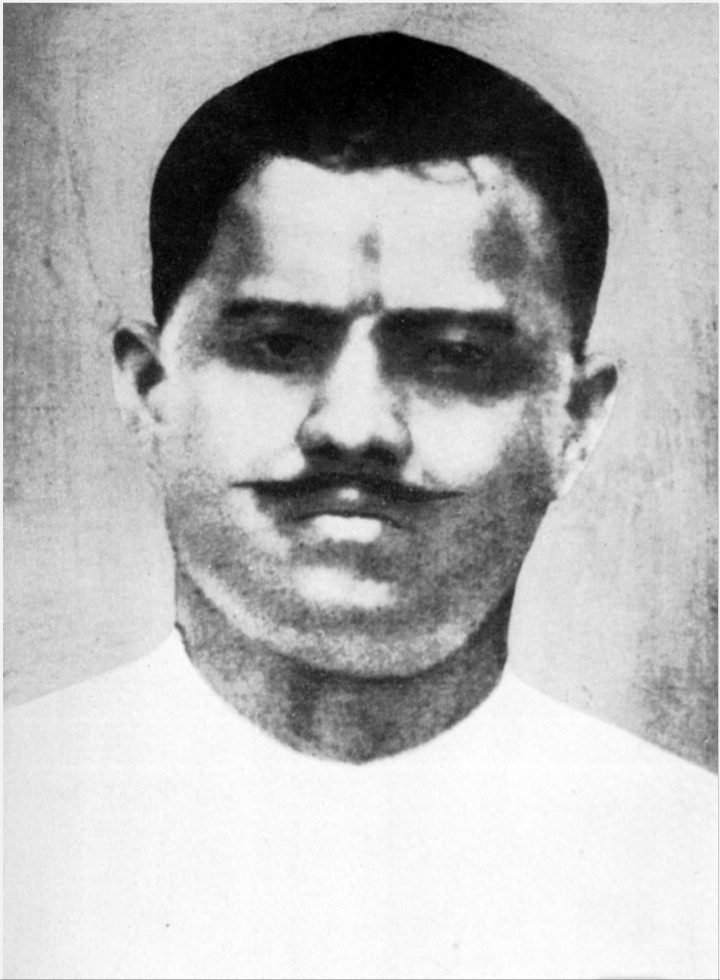
Photo on Wikimedia Commons 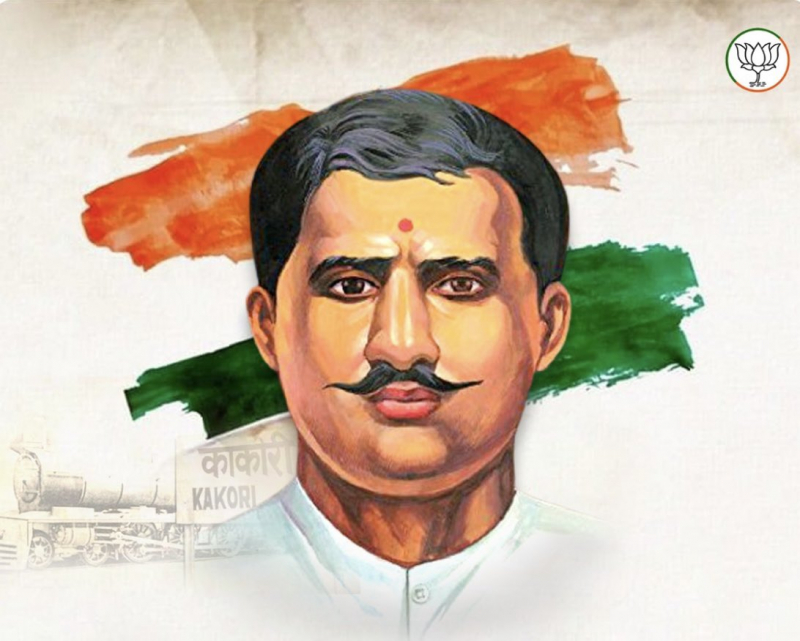
Photo via KhushbuSundar on X -
Chandra Shekhar Azad, born in 1906, was Bhagat Singh's close comrade in the independence cause. He was also a member of the Hindustan Republican Association and one of India's most daring freedom fighters against the British. He shot himself with his Colt handgun after murdering numerous opponents during a confrontation with British forces. He vowed he'd never be apprehended alive by the British.
Chandra Shekhar Azad
- reorganised the Hindustan Republican Association (HRA) under its new name of Hindustan Socialist Republican Association
Died: 27 February 1931, Chandrashekhar Azad Park
Full name: Chandrashekhar Tiwari
Education: Mahatma Gandhi Kashi Vidyapith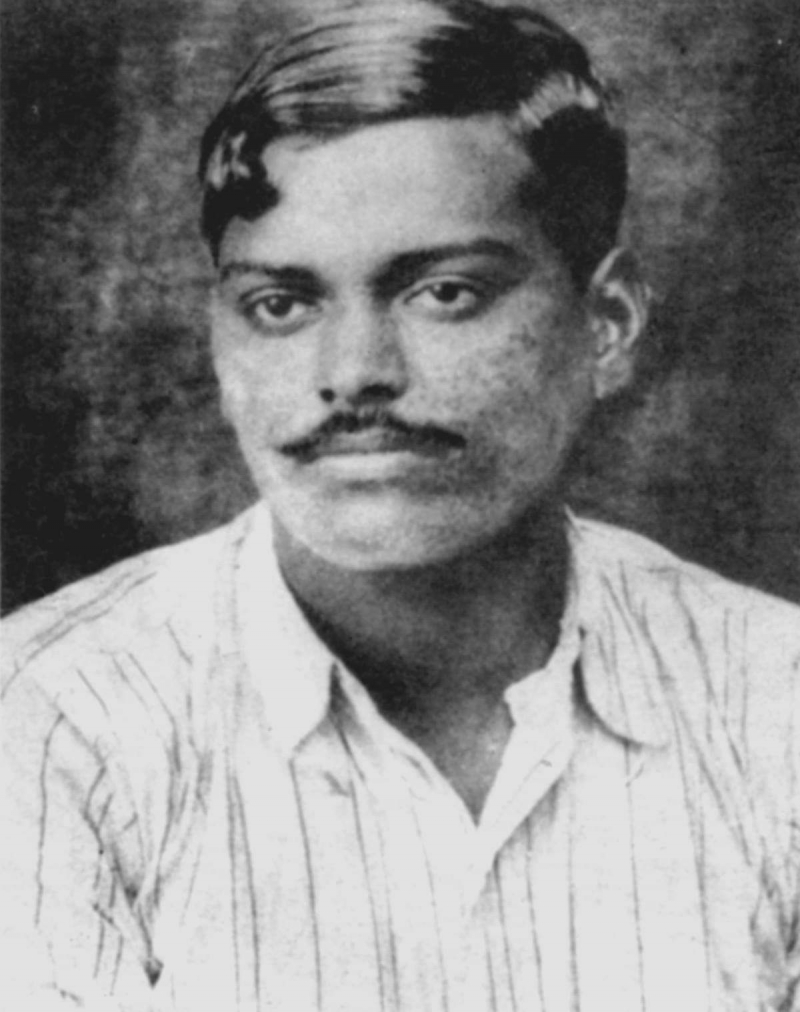
Photo on Wikipedia 
Photo on The Economic Times -
Sukhdev, who was active in the Hindustan Socialist Republican Association and was born in 1907, was a fearless revolutionary. He was unquestionably one of the heroes of the Indian independence movement. He worked closely with his coworkers Shivram Rajguru and Bhagat Singh.
He was charged with taking part in the murder of British officer John Saunders. Unfortunately, on March 23, 1931, in Hussainwala, Punjab (now in Pakistan), he was apprehended at the age of 24 and hanged alongside Bhagat Singh and Shivaram Rajguru.
Born: 15 May 1907, Ludhiana
Died: 23 March 1931, Lahore, Pakistan
Education: National College of Arts, National College, Lahore
Member of: Hindustan Socialist Republican Association (HSRA)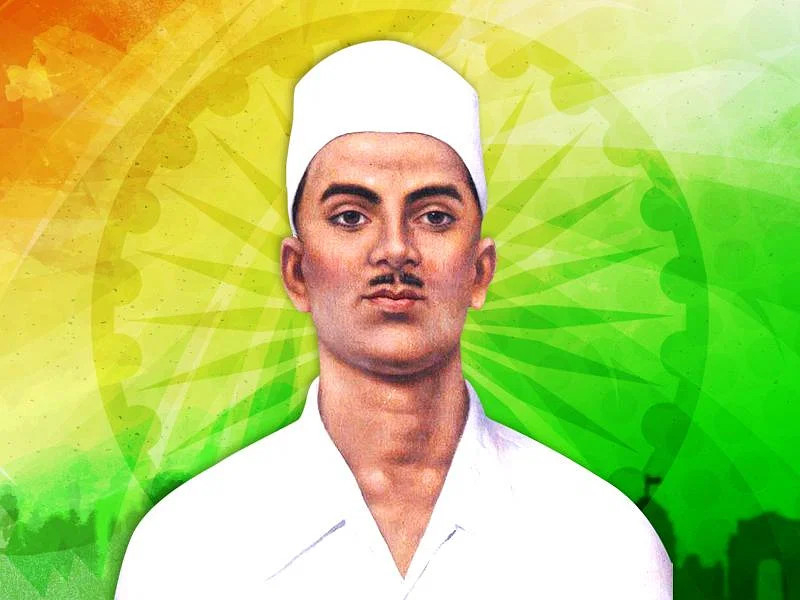
Photo on Free Press Journal 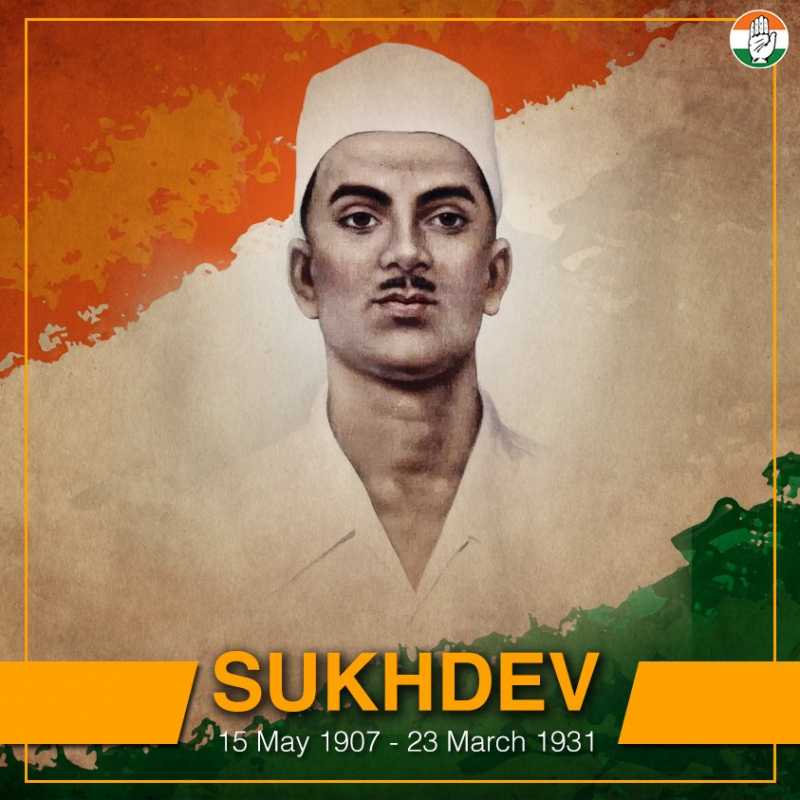
Photo via Congress on X -
A famous independence fighter named Bal Gangadhar Tilak was born in 1856. He is renowned for the proverb "Swaraj is my Birthright." To challenge British rule, he created schools and published a number of rebellious periodicals. He joined Lala Lajpat Rai and Bipin Chandra Pal as the group's third member.
Bal Gangadhar Tilak
- The Maker of Modern India
- Swadeshi Movement
Born: 23 July 1856, Chikhali
Died: 1 August 1920, Mumbai
Famously Known As Lokmanya Tilak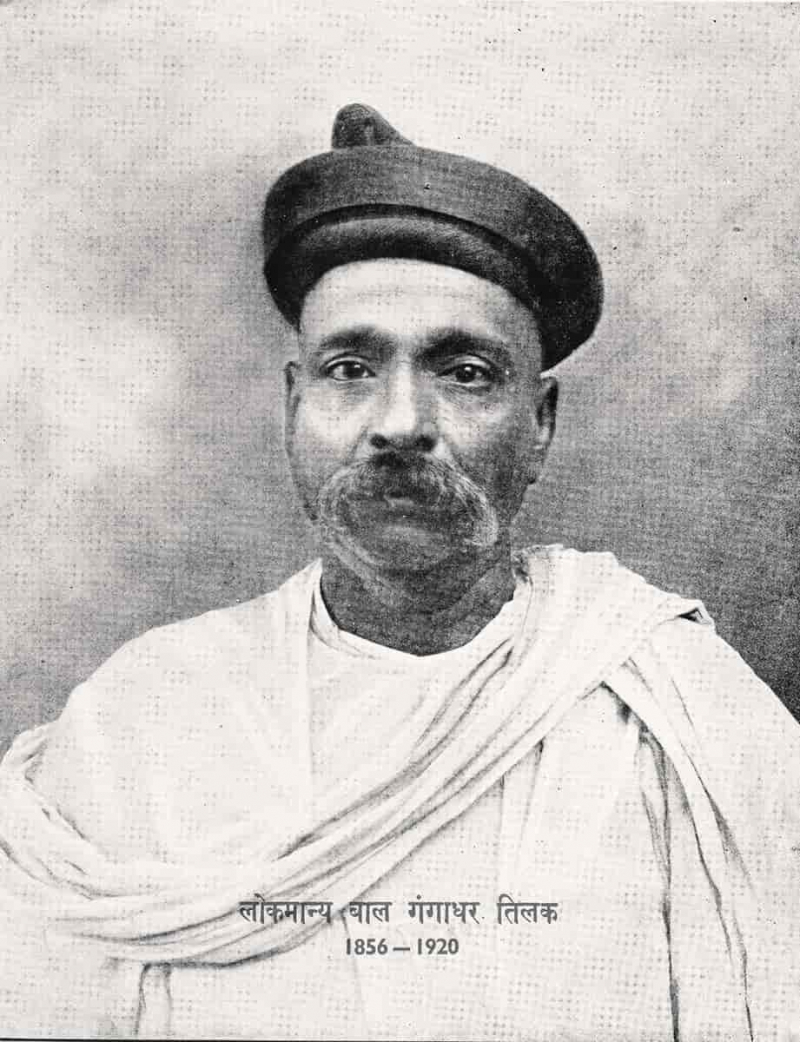
Photo on Store norske leksikon 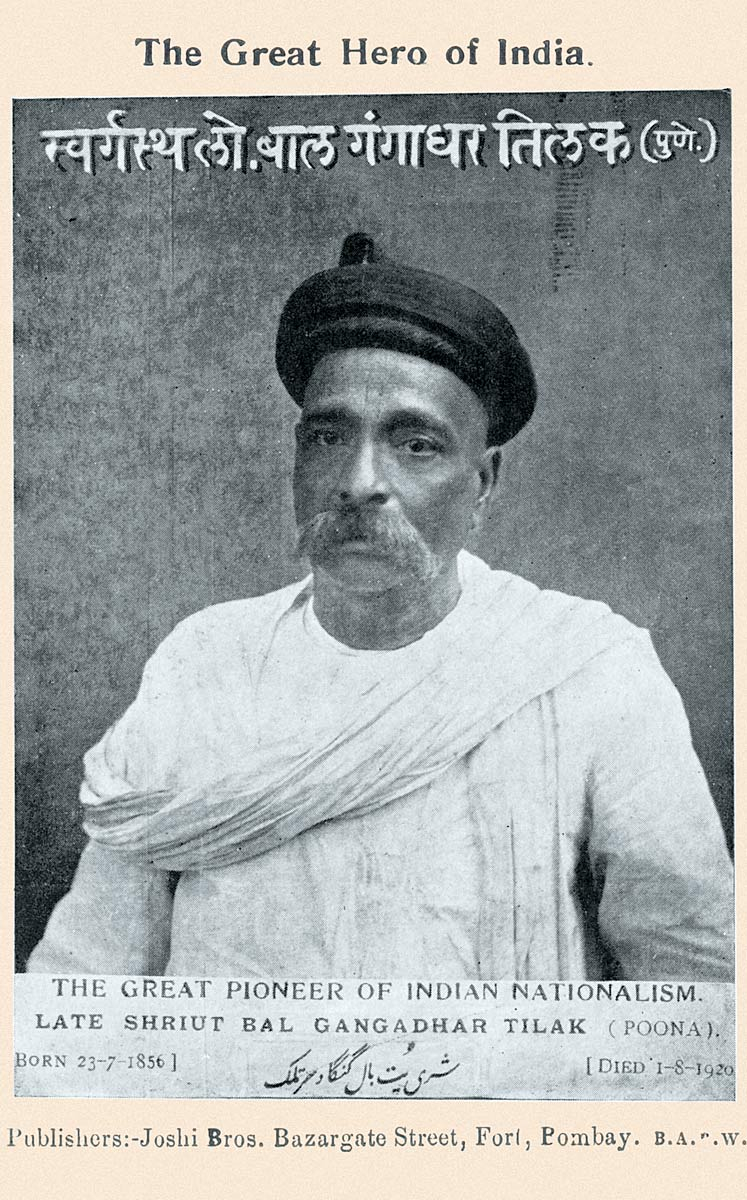
Photo on Wikimedia Commons












